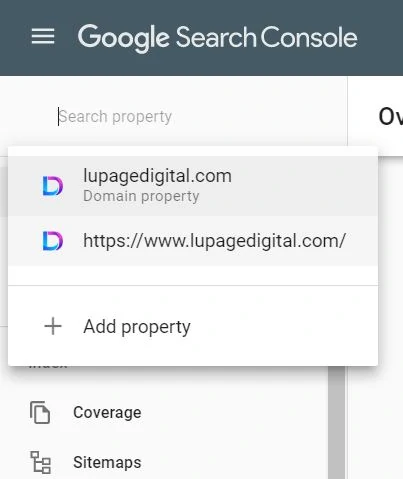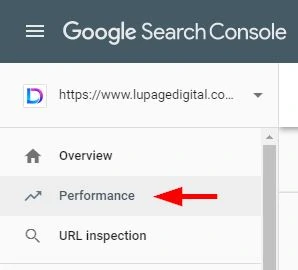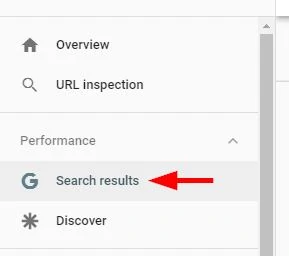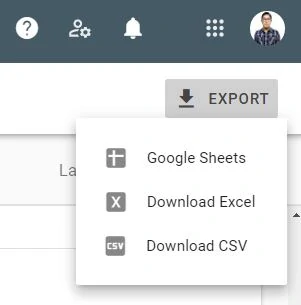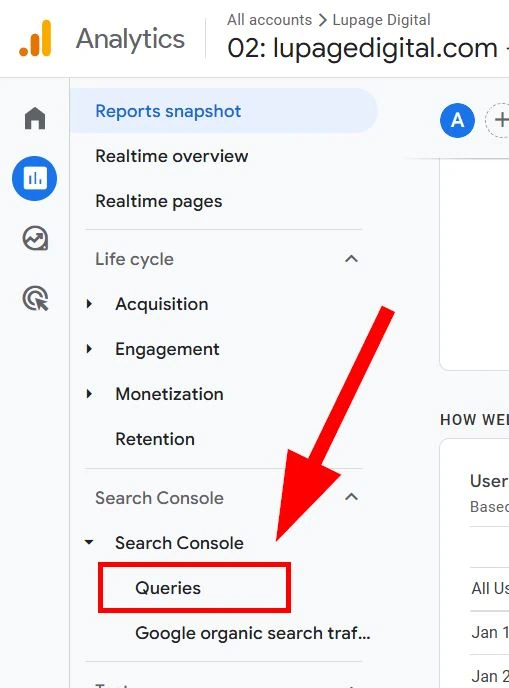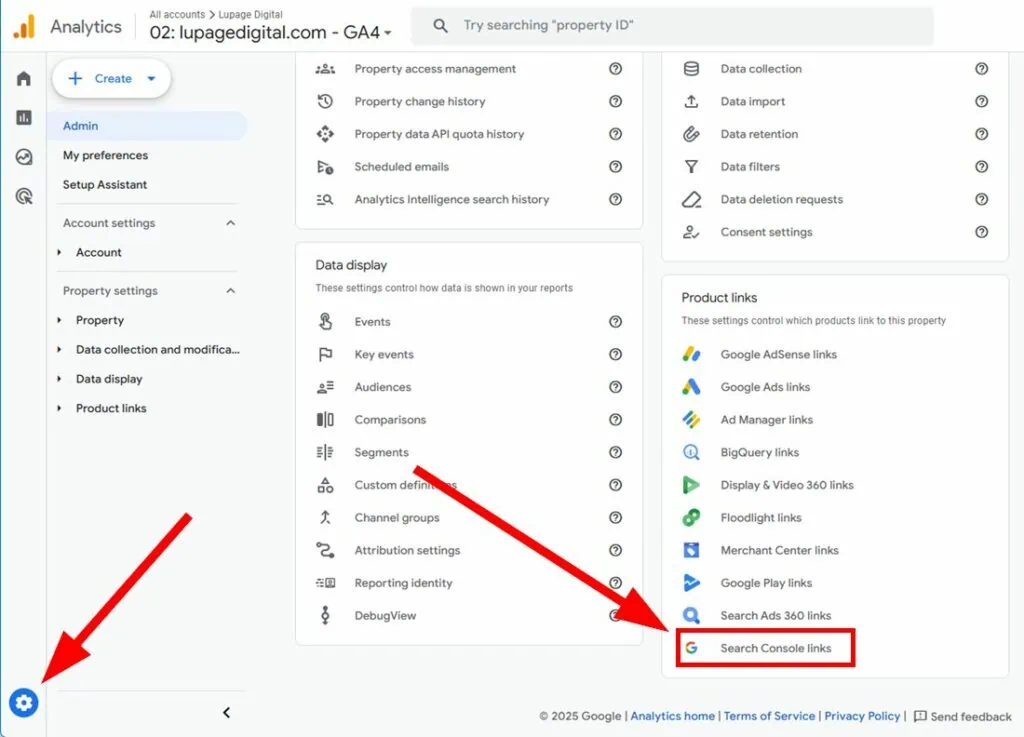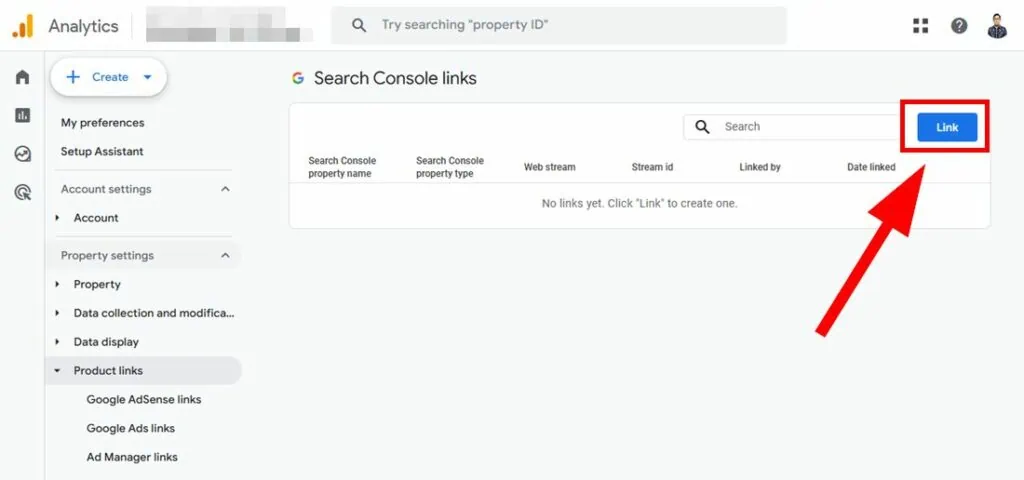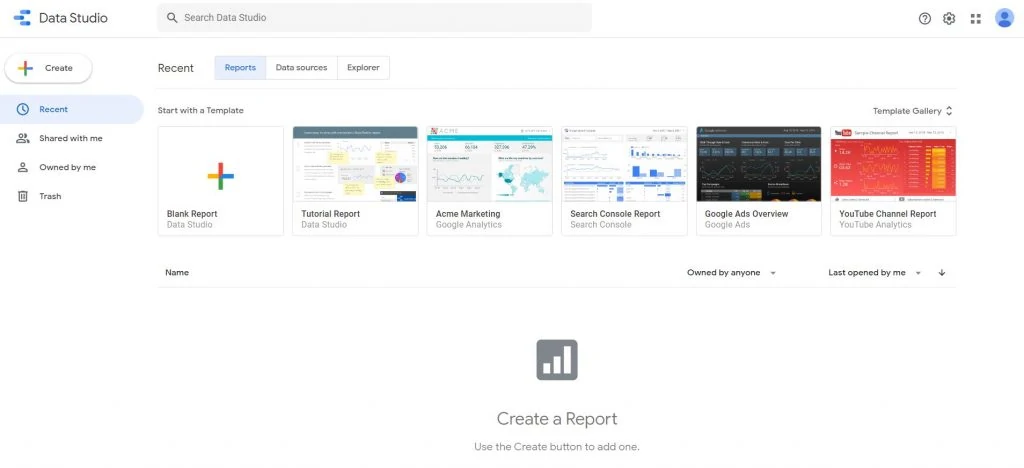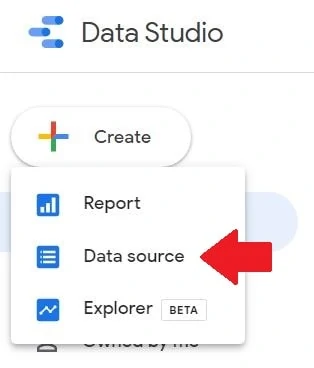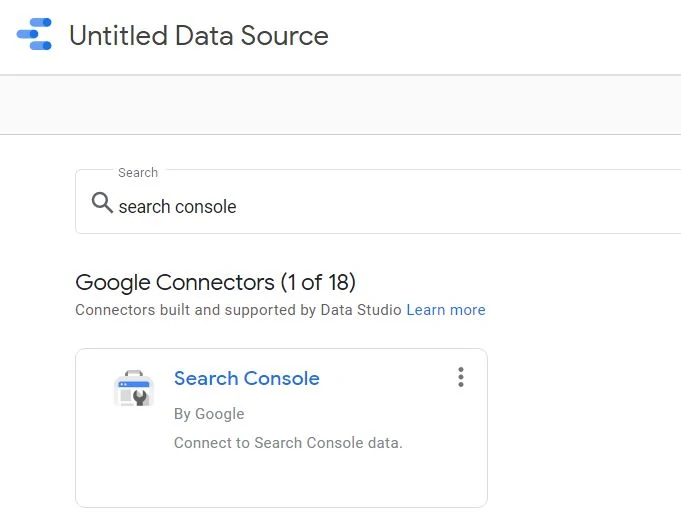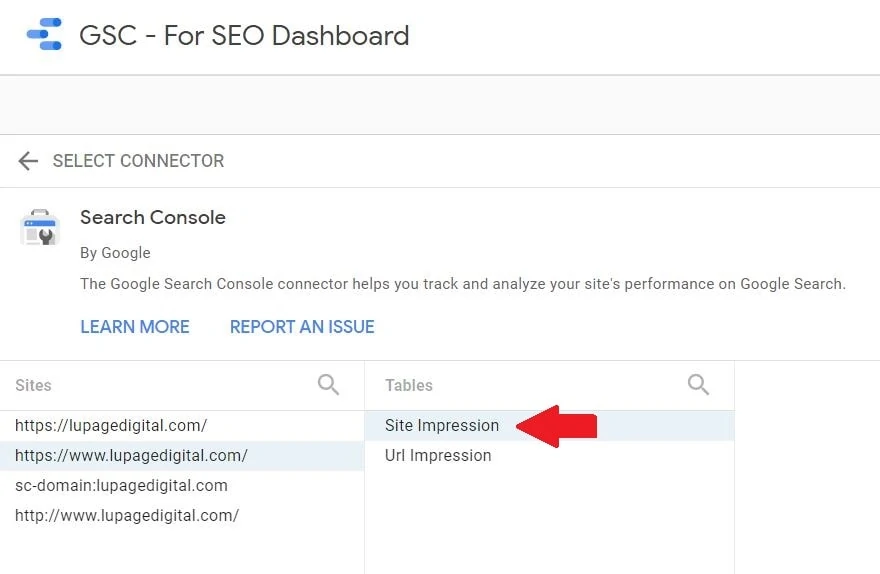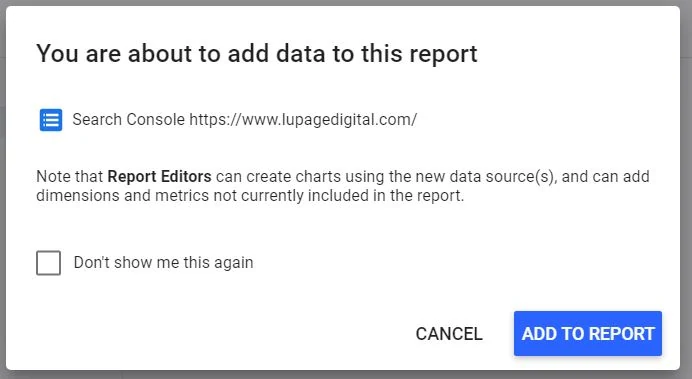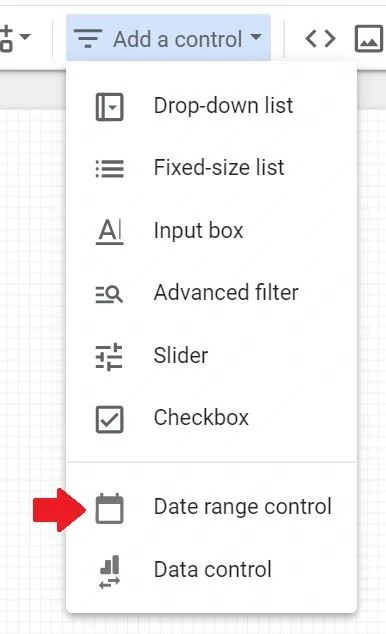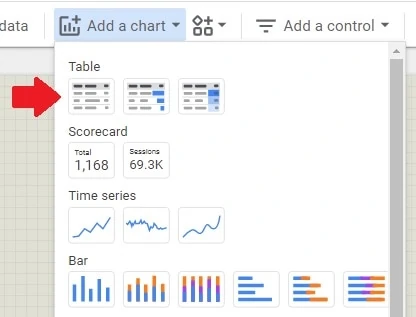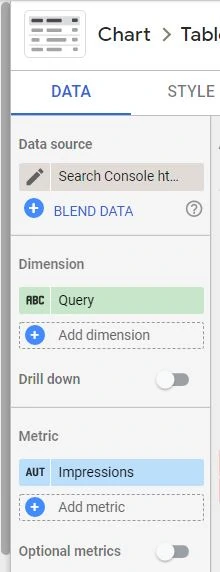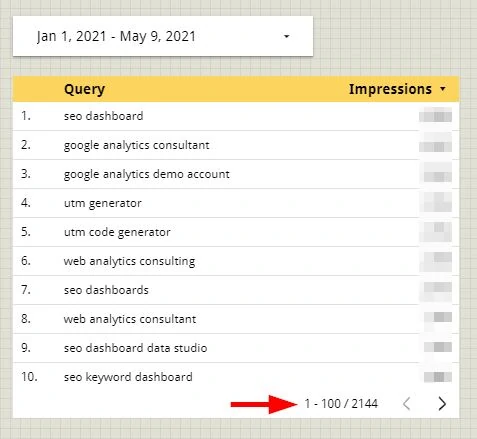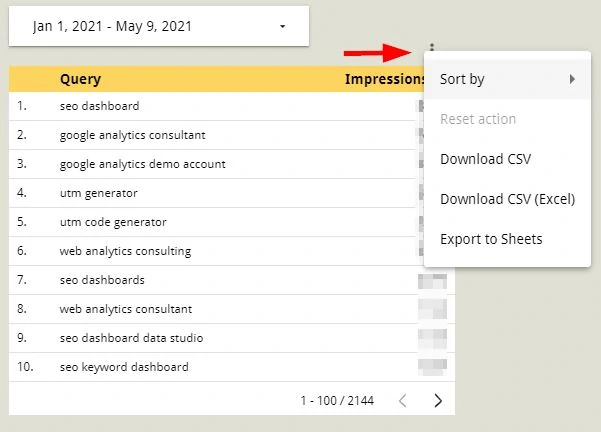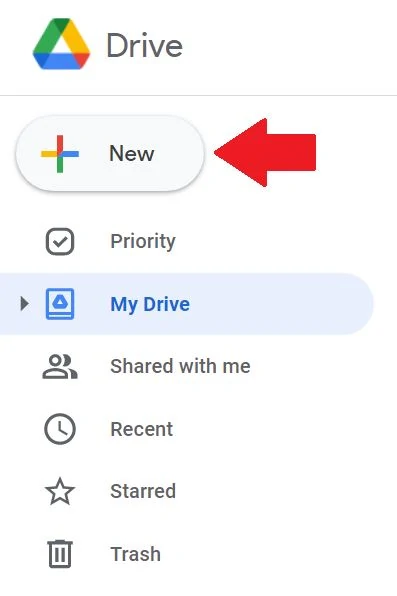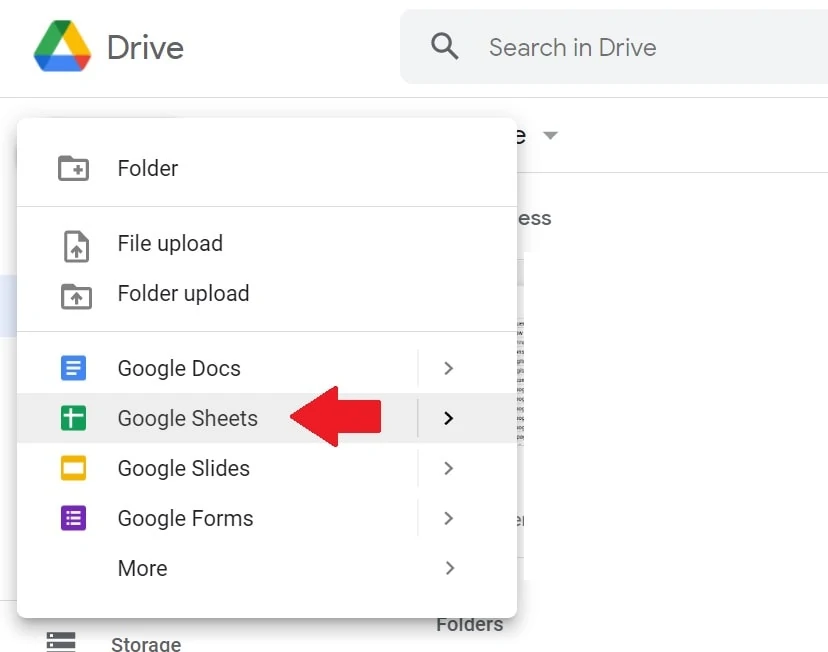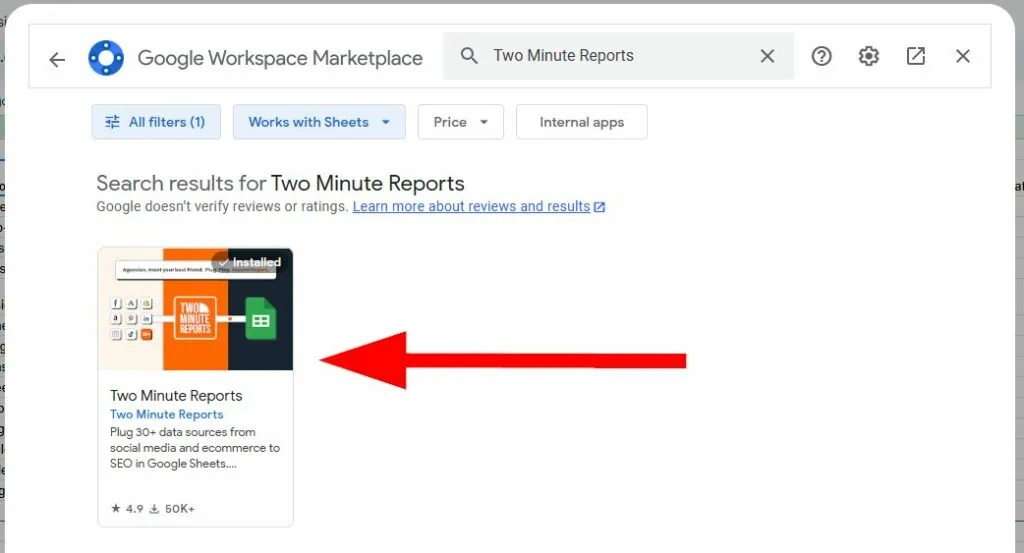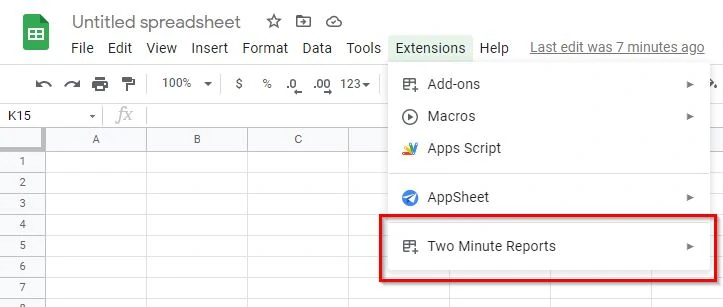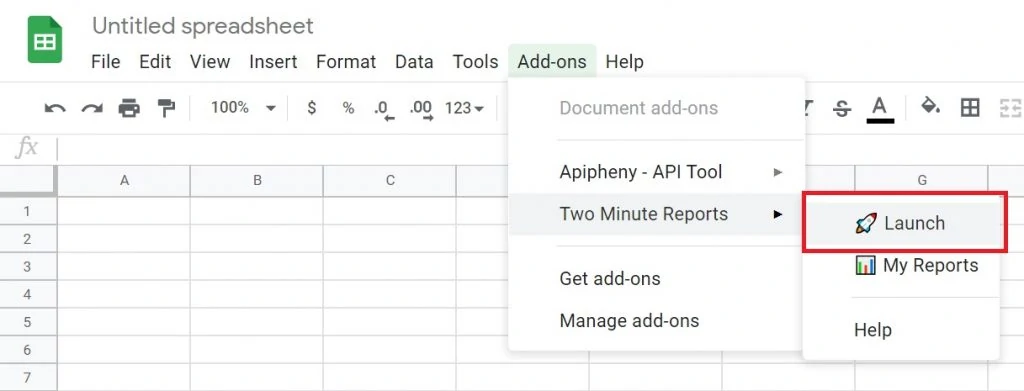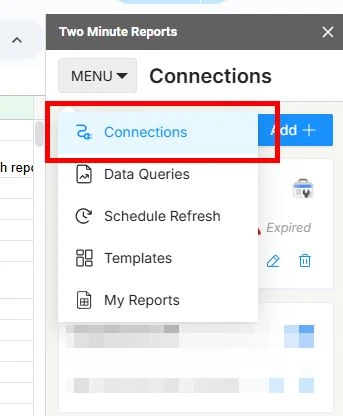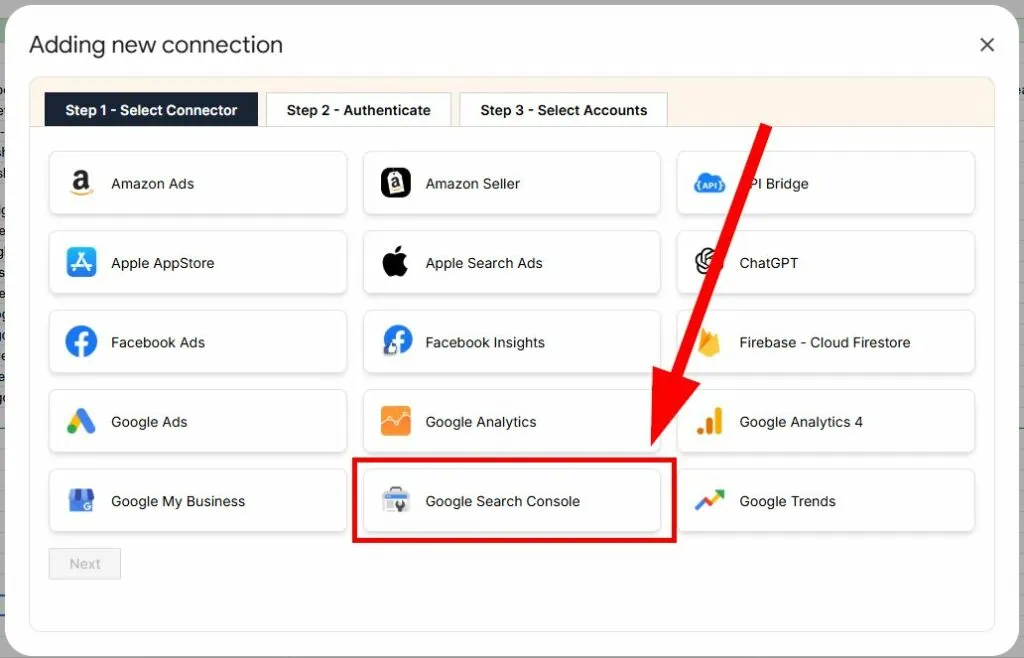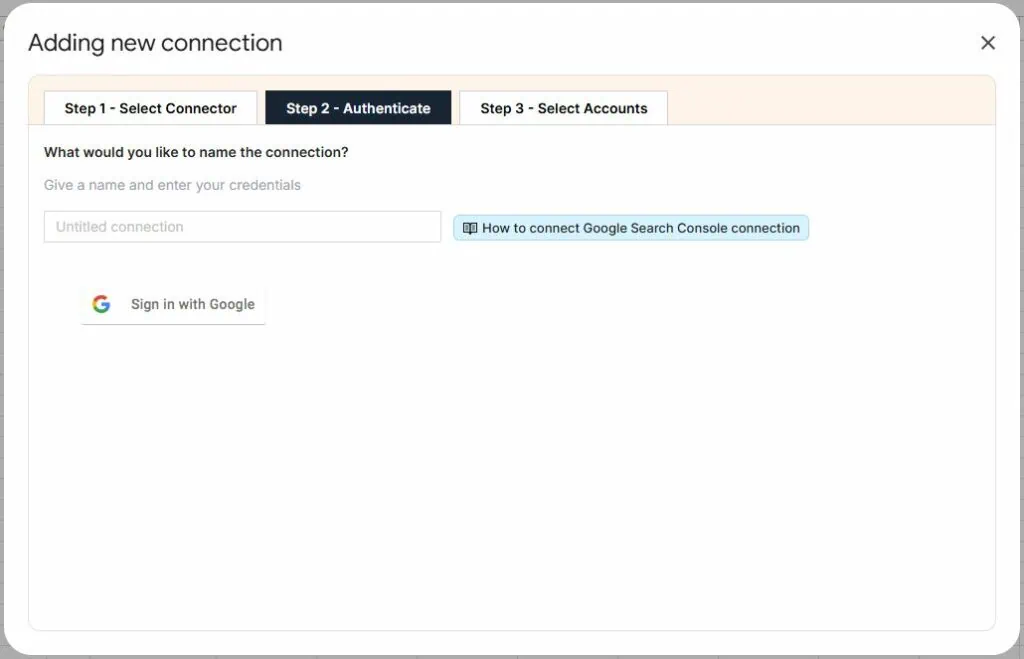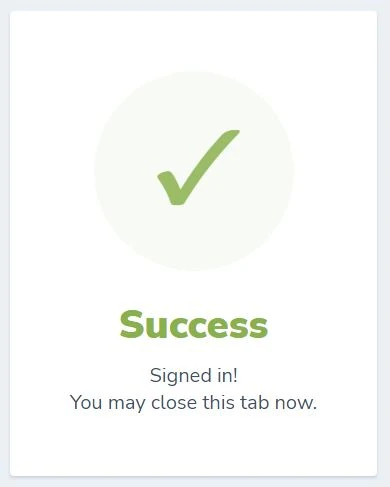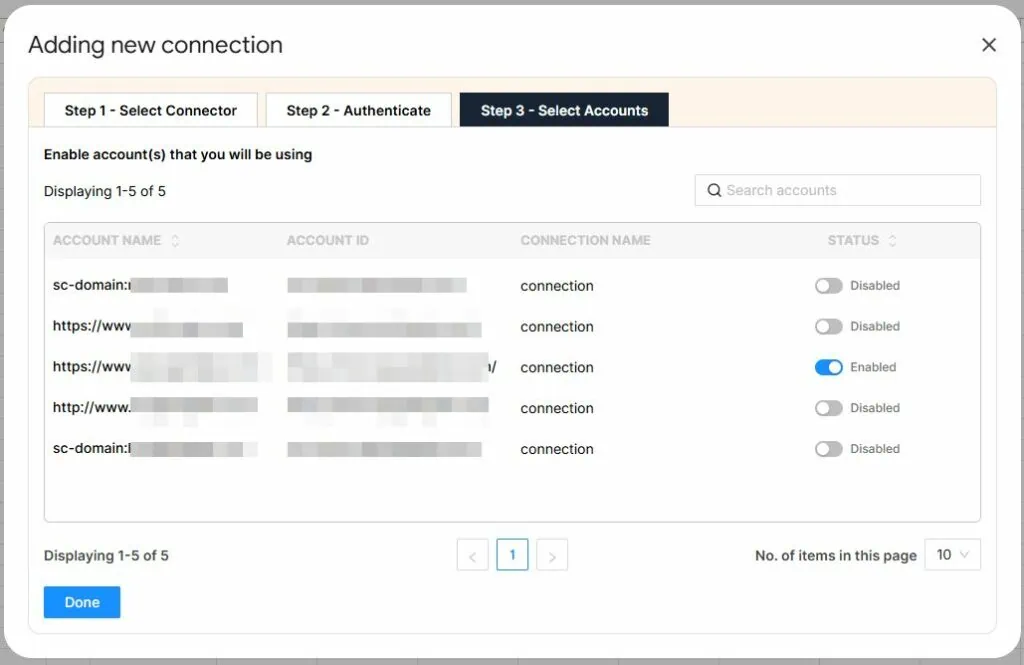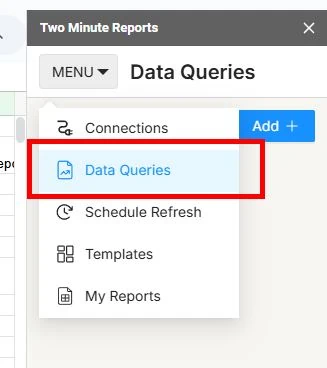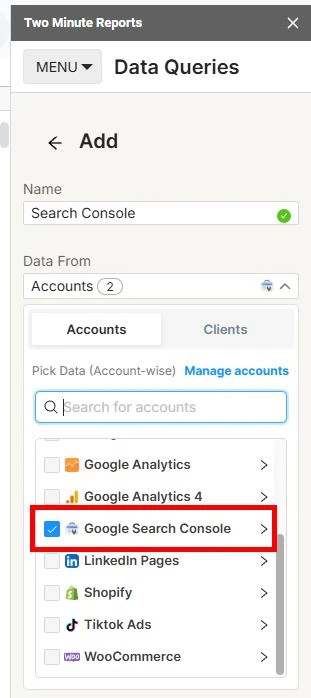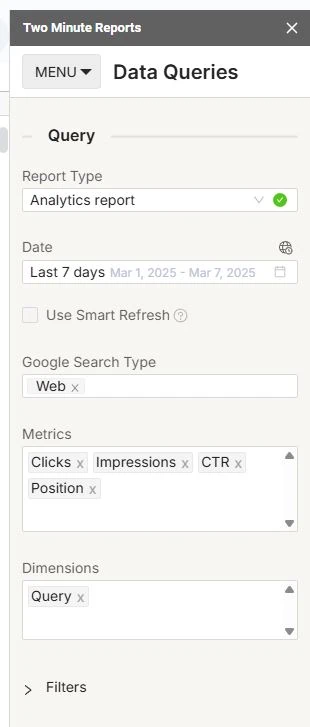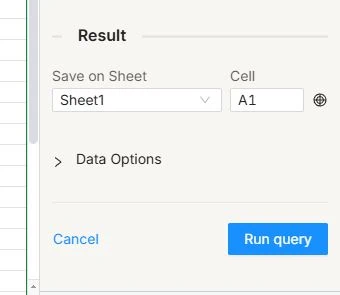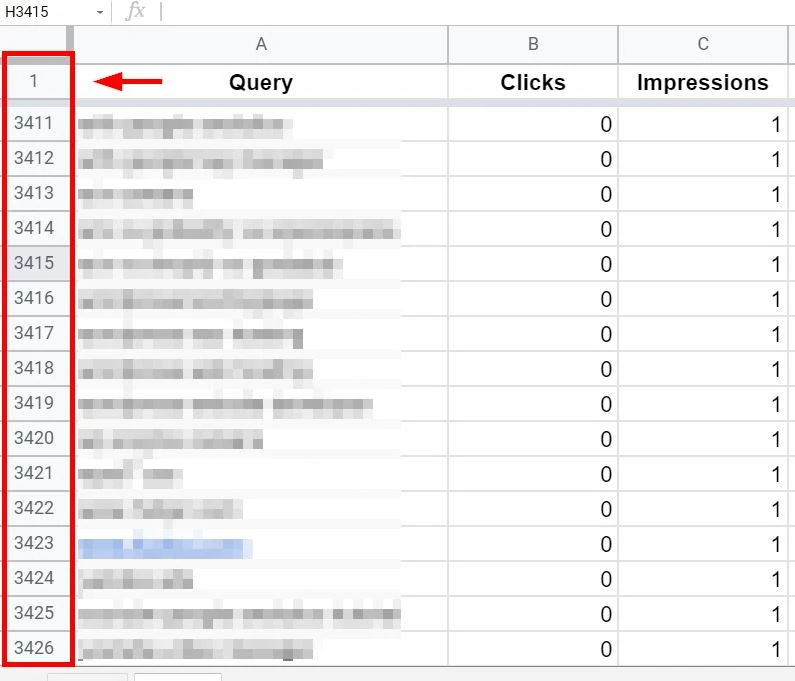Summary
– You can export 1,000+ rows of data from Google Search Console.
– By using the Google Search Console API we can bypass the 1,000 row limit from Search Console.
– There are different free ways to get data from the Google Search Console API.
Search Console is the tool to know about an SEO performance from Google search results. It provides metrics like clicks and the average position of a site. But Google Search Console export data is limited because the data is only up to 1,000 rows. You’re missing key insights. This guide illustrates how to export the missing data.
How To Export Data From Google Search Console
First, let’s export a standard report from Google Search Console. Exporting the data is easy. After adding users, let’s export search query data in this example. The below applies to page-level data as well.
1 – Go to your Google Search Console account.
2 – On the upper left, choose the Property. Make sure to choose the correct web property.
3 – Click ‘Performance’ or ‘Search results’ to open the performance report.
4- Once inside, click ‘Queries’ for this example.
What’s the problem here?!
Scroll down and you see that the row of data is limited to 1,000. It’s the same when checking the data on a page-level also and this is a problem. Export the data on the upper right and the row of data for the Queries is also 1,000.
What if you’re an ecommerce site with thousands of product pages? What if you’re a publisher with thousands of search terms ranking on the pages?

If you go months back to collect more data, this is a bigger problem. SEO analysis is awful because the data is not enough. It’s quite ironic that the main Google tool is limited with features. SEO analysts need other alternatives.
So, what to do now?
3 Ways To Export Google Search Console Data 1,000+ Rows
There are three ways to export more than 1,000 rows from the Google Search Console API. Since Search Console data exports are limited, you may use the options below as a workaround. The guide below illustrates three options. 1) Google Analytics. 2) Looker Studio. 3) Google Sheets extension.
Option 1: Google Analytics 4 (Free)
The first way to export data from Search Console is through Google Analytics. Google Analytics 4 (or GA4 for short) is the web analytics tool in the Google ecosystem. GA4 integrates with GSC very well.
1 – Open your Google Analytics dashboard.
2 – Go to Search Console and then Queries.
3 – Show rows beyond 1,000 on the right.
This contains all search queries coming from GSC. From this dashboard, you can export all the data to a spreadsheet with the button on the upper right
Note that Google Analytics and Search Console should be integrated. In some cases, this dashboard might be empty which means GA and GSC are not connected yet.
Go to Admin and then click Search Console links.
This is where you integrate the correct domain property from GSC to GA4.
Option 2: Google Looker Studio (Free)
Looker Studio is a free data visualization tool from Google. It integrates with other tools in the Google ecosystem including Google Search Console. Google Looker Studio gets data from the Google Search Console API and visualizes it on a dashboard.
Adding The Data Source
1 – Go to Google Looker Studio and log in with the same email.
2 – Click “Create” from the top left. Then click “Data source”.
3 – Search for “search console” and pick the choice.
4 – Once inside, choose the domain you want data from. This is the same domain from Google Search Console to get data from.
5 – Choose “Site impression” under Tables. Choose web as ‘Property Parameter’ if it’s there.
6 – Name the data source.
7 – Click the “Connect” or “Add” button on the right side. This adds the data source in the Looker Studio internal drive.
8 – Click “Create Report”. You should have a prompt “Add to report” at the end.
Adding The Data Metric
You should now have an empty canvas for the dashboard. Now add metrics…
1 – Click “Add a control” from the top. Click “Date range control” and drag it on the canvas. Then select the date range go back as far as 6 months if needed.
2- Click “Add a chart” from the top. Click the first Table and drag it on the canvas.
3 – Click the added table. On the navigation pane on the right side, select Query as a dimension. Then select Impressions as a metric.
Check the end of the chart table. You see more than 1,000 rows of data. For an SEO analyst, this is a great alternative to get complete keyword data. Click the three dots to export the data to a spreadsheet.
What’s great about doing this option is you can do data visualization. Using the features of this free tool, you can create an interactive SEO dashboard in Looker Studio.
Option 3: Google Sheets Extension (Paid)
Another way to export Google Search Console data is through Google Sheets extensions. These extensions are most likely paid extensions for extra features. As mentioned, you can do it (for free) to save money. But you might want to spend a little bit to save time. You choose.
You’ll use Two Minute Reports for this example. TMR imports data from the Google Search Console API to Google Sheets in minutes. No required coding skills.
Installing the Extension
1 – Go to your Google Drive workspace.
2 – Click ‘ + New’ then create a new Google Sheets file.
3 – At the top of your file, click on Extensions. Then click on Add-ons. Then click on Get add-ons.
4 – Search for Two Minute Reports. Then install it.
5 – You now have the extension installed on your Google Sheets workspace.
Adding The Data Source
1 – Launch the extension. A navigation pane on the right side appears.
2 – Click on Menu and then Connections.
3 – Select Google Search Console.
4 – Sign in with the Google account where Search Console is linked to. Go through the login process until the tool instructs you to close the window.
5 – Select the account or the domain you want to get data from. You can enable and disable them.
Importing The Data
This point in the process is importing data from the Google Search API to the spreadsheet.
4- Under Query, select the Analytics report.
5 – Select the date range.
6 – Google Search Type: Web.
7 – Metrics: Select all which are Clicks, Impressions, CTR, and Position.
8 – Dimensions: Query for now as a test.
9 – You may select extra Filters options like country or device type. You may leave them blank for now as these are optional.
11 – Click Run query.
You now downloaded Google Search Console data to Google Sheets hassle-free. If you scroll down the spreadsheet, the row of data is more than 1,000. All your search queries from your GSC property are here.
Conclusion: Export Data from Google Search Console
Search Console is the most important tool for SEO. But you can’t export a ton of data because GSC only exports 1,000 rows only. It’s tough to do data analysis with limited data. And Let’s face it’s quite annoying.
Don’t spend hours trying to make sense of the Google Search Console export data. Get complete data with a few clicks and improve SEO performance tracking in minutes.

